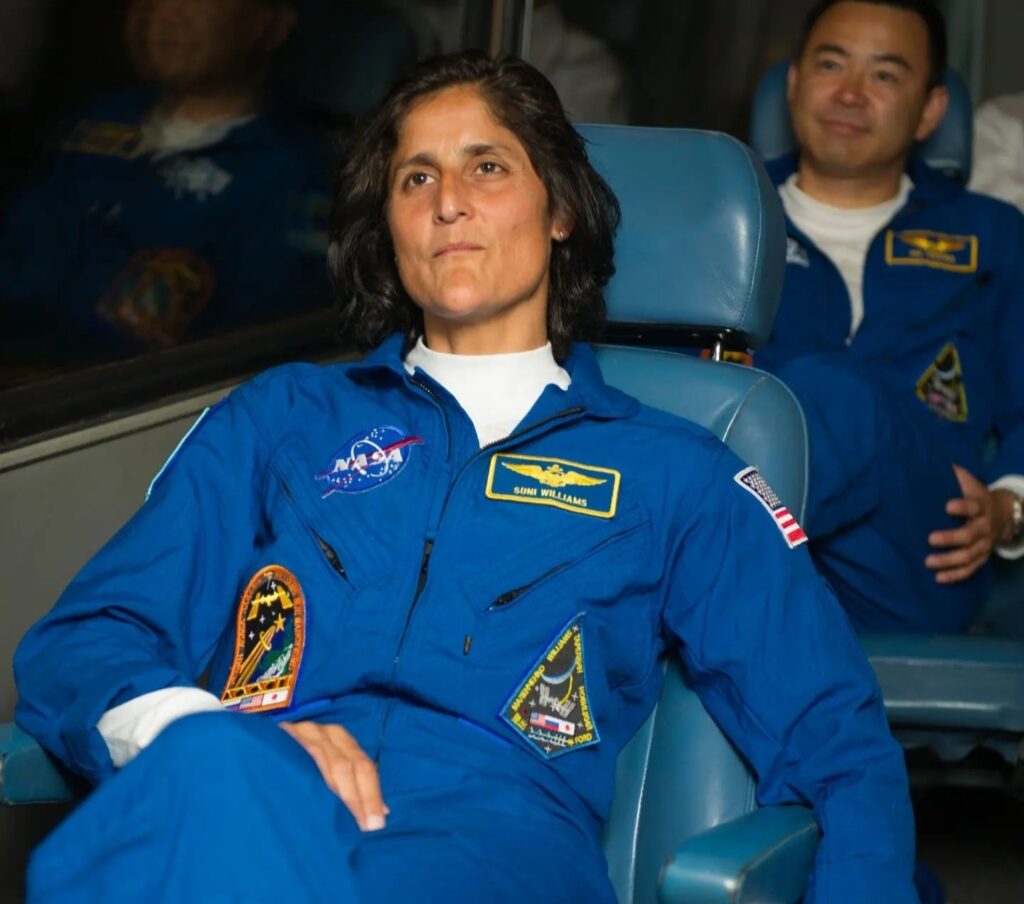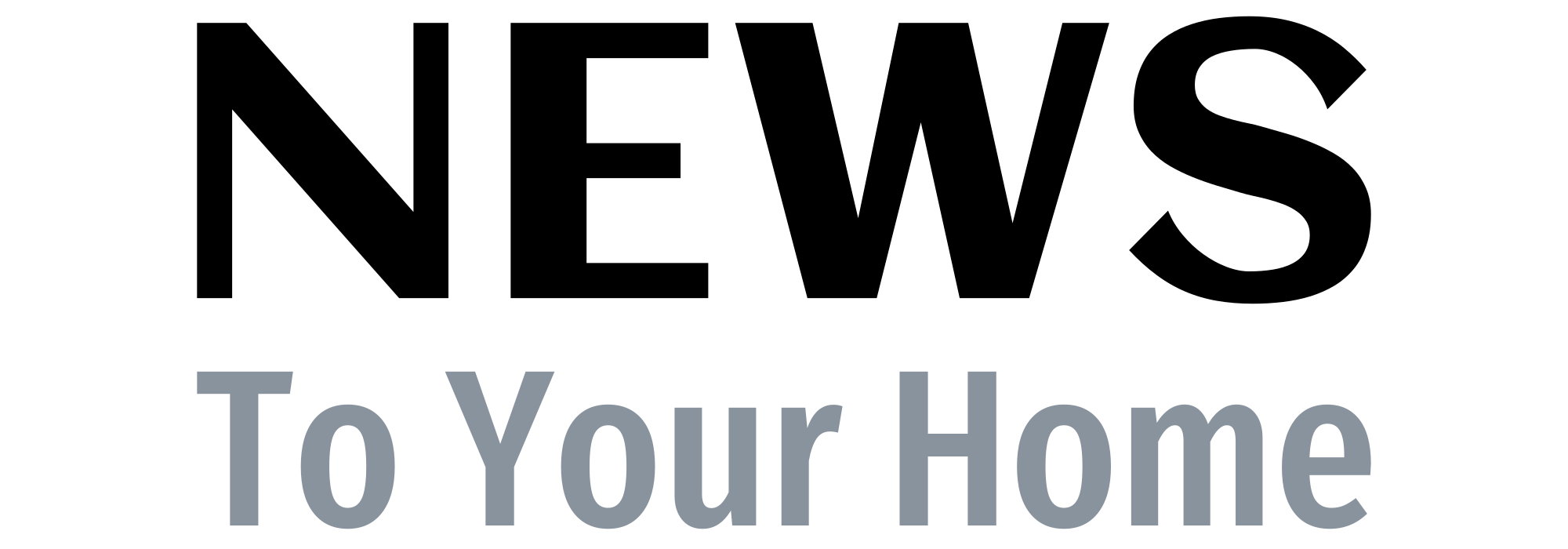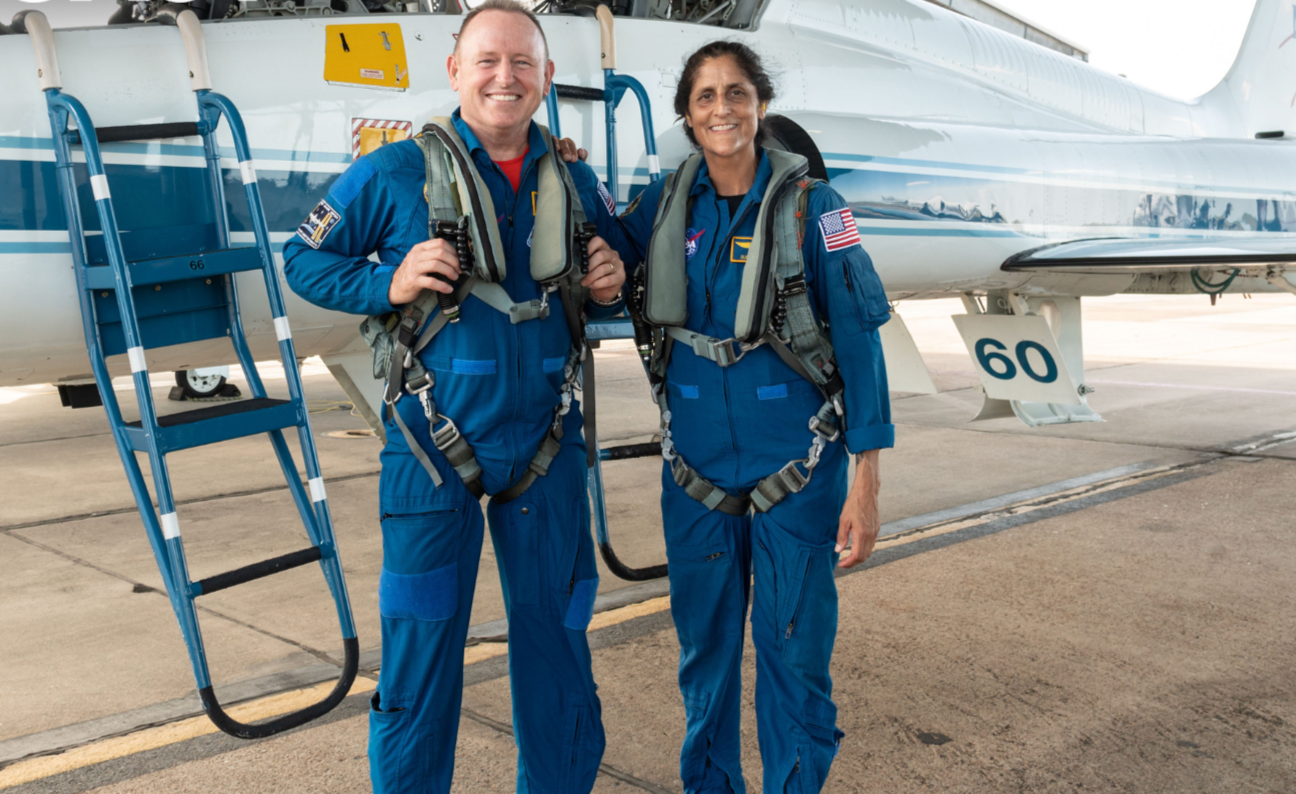NASA has made a critical decision to entrust SpaceX, led by Elon Musk, with the safe return of astronauts Sunita Williams and Barry Wilmore from the International Space Station (ISS) next year. Originally sent to the ISS aboard Boeing’s Starliner for an 8-day mission, the astronauts have been forced to extend their stay due to significant technical problems with the Boeing capsule. This article explores why NASA chose SpaceX for this crucial mission and the challenges faced by Boeing’s Starliner.
8 Days Mission to 8 Months
Eighty days ago, Sunita Williams and Barry Wilmore embarked on their journey to the ISS aboard Boeing’s Starliner. The mission, initially planned for just eight days, has now stretched into an eight-month stay due to persistent technical issues. The astronauts Sunita Williams and Barry Wilmore are now expected to return to Earth in February next year, not in the Starliner but in a SpaceX Crew Dragon spacecraft. This change highlights the gravity of the situation and the importance of ensuring the astronauts’ Sunita Williams and Wilmore safe return.
SpaceX Crew Dragon
NASA’s selection of SpaceX’s Crew Dragon as the return vehicle is a testament to the reliability and safety record of SpaceX in recent years. The Crew Dragon spacecraft is set to launch in late September as part of a routine astronaut rotation mission, which will also serve to bring back Sunita Williams and Wilmore. Originally designed to carry four astronauts, the mission will now accommodate only two, leaving space for the stranded astronauts.

The Starliner Problem
The decision to bypass Starliner for the return journey was driven by concerns over its propulsion system, which NASA deemed too risky for a crewed return. Since its docking at the ISS in June, Starliner has faced a series of technical glitches, including the failure of five out of its 28 thrusters and helium leaks used for thruster pressurisation. Despite Boeing’s efforts to diagnose and fix the issues through Earth-based tests and simulations, the results raised more questions than answers, ultimately leading NASA to seek an alternative solution.
Implications for Boeing’s Space Program
NASA’s choice to rely on SpaceX instead of Boeing for this mission represents a significant setback for Boeing’s space ambitions. The Starliner program has been plagued by delays and budget overruns, with over $1.6 billion spent since 2016. The recent decision adds to the challenges faced by Boeing, which had hoped to redeem its program with this mission. NASA Chief Bill Nelson’s discussions with Boeing’s new CEO, Kelly Ortberg, highlight the gravity of the situation and the need for Boeing to reassess its approach.
As NASA turns to SpaceX for the safe return of its astronauts Sunita Williams and Barry Wilmore, the decision marks an important moment in space exploration. It underscores the increasing reliance on private companies like SpaceX to fulfil critical space missions. While Boeing’s Starliner faces an uncertain future, NASA’s priority remains the safety of its astronauts, and SpaceX’s proven track record makes it the preferred choice for this mission.


[…] To know more about NASA astronaut Sunita Williams, click here […]